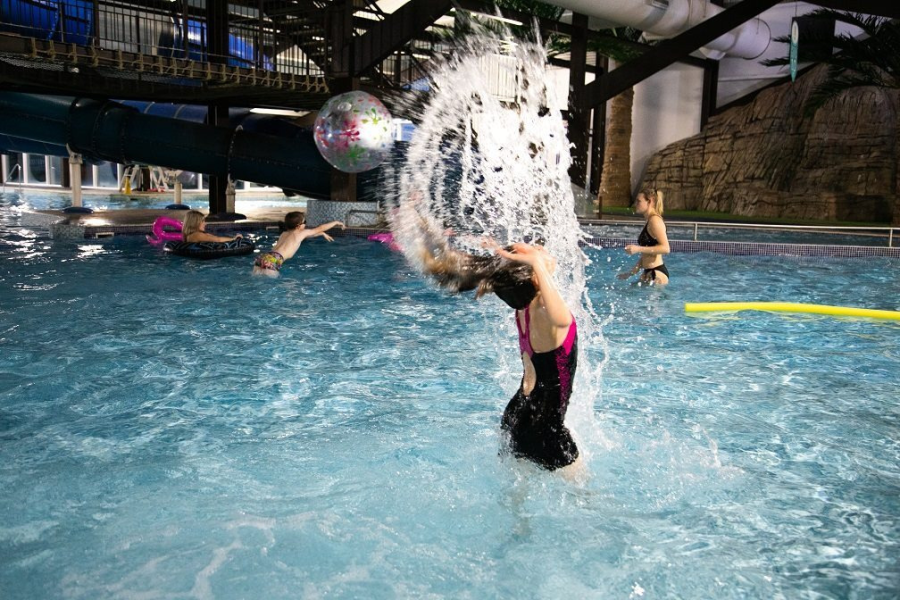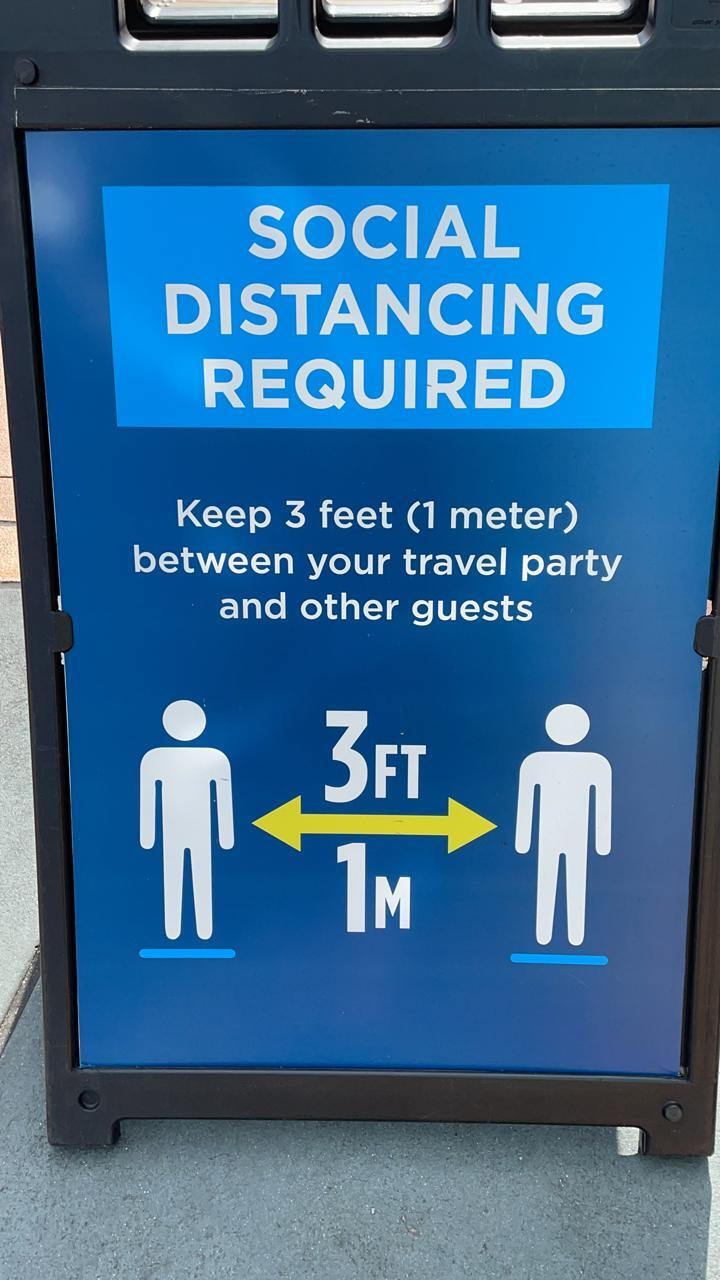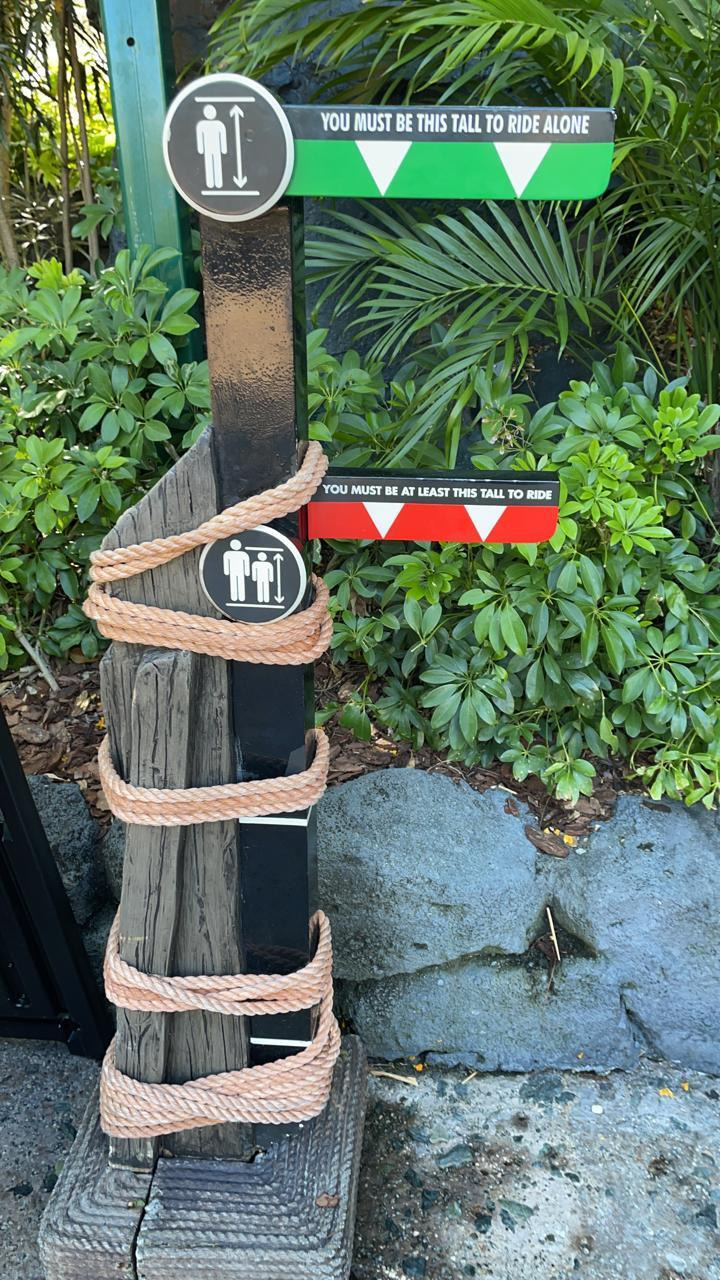Promoting a Culture of Safety

Safety is the No. 1 priority for the global attractions industry. With safety at the heart of all attractions, it’s vital to promote a facility’s “culture of safety” to guests. This transparent devotion and the commitment to keeping visitors safe is important as guests return to attractions following the pandemic.
“Coming out of the COVID-19 shutdown, there is a lot of pent-up demand for entertainment and activities outside of the house that the family can engage in,” says Tom Sheehan, chairman of the IAAPA Global Safety Committee and owner of The Sheehan Firm, P.C., a law firm focusing on defending the amusement park and attractions industry. “As a result, we have to assure our guests that the attractions are safe, clean, and hygienic.”
Safety Starts with Management
For an attraction to effectively promote its safety culture, it has to have a culture rooted in safety. Creating a safety culture thus begins with management creating the culture through policies and reporting procedures, with its execution and maintenance being reliant on staff who believe in it.
Flamingo Land theme park, zoo, and resort in North Yorkshire, United Kingdom, “walks the talk” of safety culture by constantly reviewing policies and safe operating procedures. To make this happen, management is committed to addressing safety issues as soon as they arise, while staff are encouraged to report such issues without fear of reprisal.
“Open communication channels and people being free to actually talk to line managers and supervisors about safety is vital,” says Sean Kelly, Flamingo Land’s staffing and recruitment officer. “From their first day at work, our staff knows that spotting safety issues they see is part of the job: If you see something, you report it. Moreover, we give ownership to our staff to actively make safety decisions and act in the best interest of everybody around them. If this means stopping a ride until it can be checked, then so be it.”
By empowering staff to make safety decisions, Flamingo Land proactively protects its guests. This approach is central to creating a true safety culture, according to Martín Pagura. The chairman of the IAAPA Latin America and Caribbean Safety Subcommittee—who also serves as a consultant and inspector for the attractions industry and is a respected AIMS certified ride inspector level 2—says operators need to reduce “everything that poses a risk to visitors before their arrival and during their time with us.”

Leading by Example
For guests to believe in and trust a venue’s safety culture, they have to see it in action all around them.
“The best way to achieve this is to lead by example, by visibly managing the park in ways that makes it clear that safety comes first,” says Pagura. “For instance, we cannot and should not ask the visitor for safe behaviors and then show the opposite. In these times of pandemic, we cannot post signs that say, ‘Masks are required to enter’ and then have them see our staff not wearing masks.”
Get the Word Out
For guests to be aware of a safety culture, amusement parks and attractions need to tell guests about their program.
Some of this messaging can be delivered through focused signage throughout the facility—advising guests of everything from height restrictions and weight limits on rides to safe riding instructions for roller coasters and water slides. Signage can also be used to communicate general statements about the venue’s safety culture, sharing with guests that safety is the primary priority for every employee.
Cyberspace is a good venue for promoting a facility’s safety culture. “One key way to convey all of the safeguards the park has established—from ride safety to enhanced cleaning measures, as well as social distancing protocols—is through the park’s website,” says Sheehan. Social media is another effective vehicle, as are stories in traditional newspapers, on the radio, and in television newscasts.

The Payoff: A Safer Space for Everyone
Promoting a safety culture to guests is not just good public relations, it is also good business.
“Employing appropriate safety measures—including top notch operations, inspections and maintenance—creates a safety culture which will, first and foremost, eliminate injuries,” Sheehan says.
One final benefit of promoting safety culture? “If visitors feel that they are in a safe environment, they will be more motivated to behave safely themselves,” says Pagura. The result is a safer—and more meaningful—experience for guests and staff alike.
